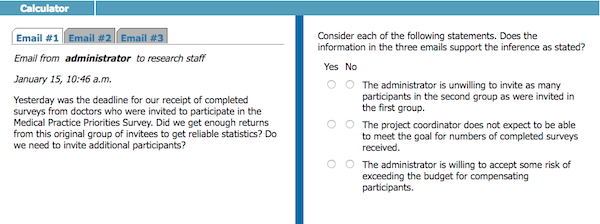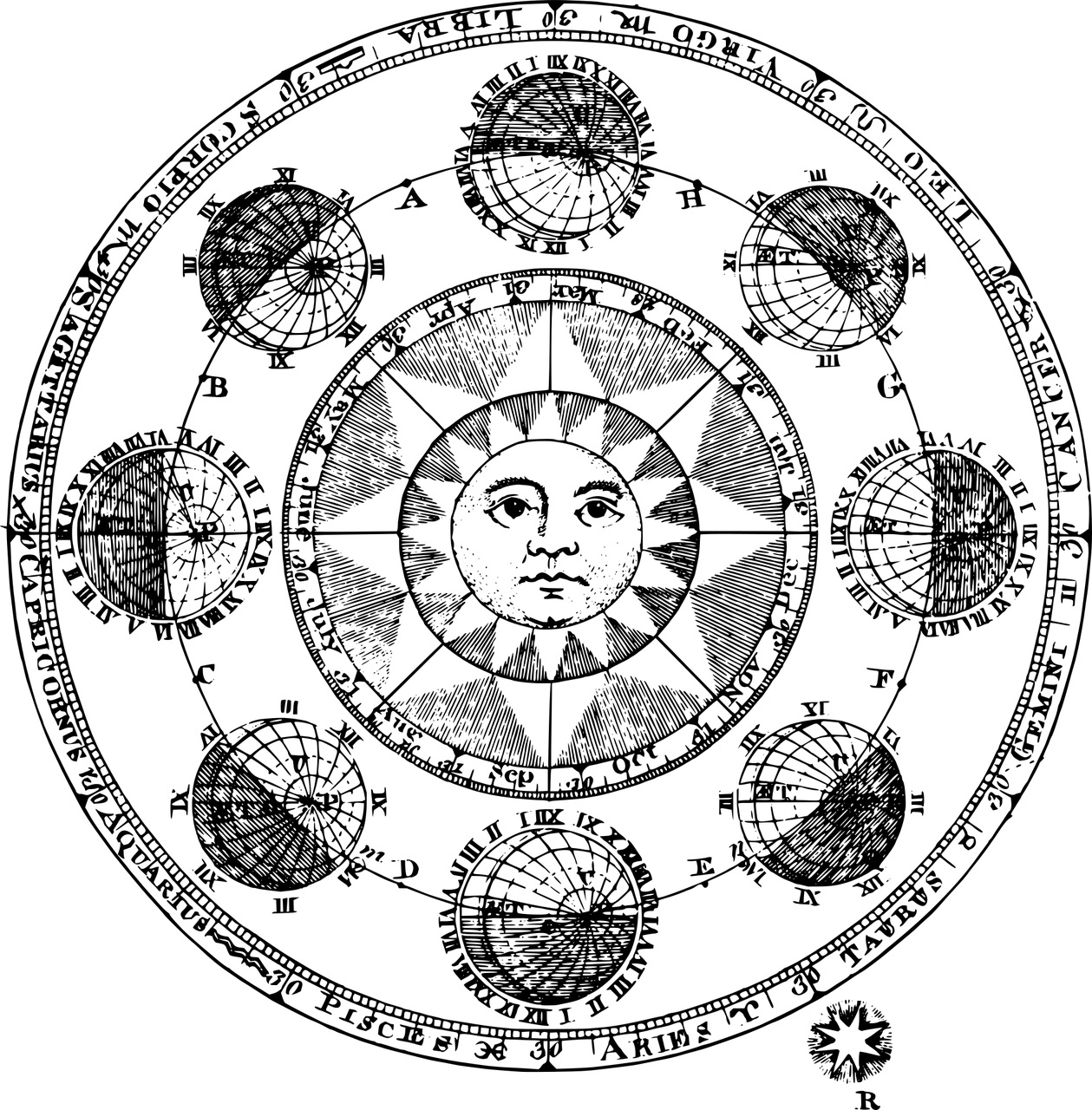Previous Article >> GMAT 2019 Study Guide | Strategy
Sentence Correction
Sentence correction questions make up about one-third of the Verbal section of the GMAT. They are designed to test you on grammar and your ability to structure a sentence with the best word choices.
You will be given a sentence in which a portion will be underlined followed by five choices of different ways to write the underlined portion of the sentence. You must choose the correct one.
The first choice always repeats the underlined portion, so you can skip this one if you’ve already read the sentence (which you should do first). The rest of the choices are different.
According to Crash Course for the GMAT 4th Edition, “Some incorrect answer choices repeat a grammatical error in the original sentence, rewriting another part of the sentence that didn’t originally contain an error. Others fix the error of the original sentence but introduce a new error.”
The following approach will help spot the incorrect answer choices.
The Three-Step Approach
Step 1: Read the Question and Identify the Error
Step 2: Eliminate All Answer Choices Containing That Error
Step 3: Look for Grammar Errors in the Remaining Answer Choices and Eliminate Them
*Do not forget to consider that the original sentence may not contain an error at all.
Six Commonly Tested Errors
The following will outline how to spot and fix six commonly tested errors. (Excerpt from Crash Course for GMAT 4th Edition; for more in-depth examples, please buy the book here.)
Misplaced Modifier
Rule: A descriptive word or phrase should be placed immediately before or after the thing it modifies.
How to spot it: Two phrases are separated by a comma and one or both of them are underlined.
How to fix it: Choose an answer choice that puts the modifying phrase and the object it’s modifying right next to each other (separated by a comma).
Pronouns
Rule: A pronoun must clearly refer to a noun, and must agree with that noun in gender and number.
How to spot it: A pronoun is in the underlined portion of the sentence.
How to fix it: Identify the pronoun and the noun it replaces. Change the pronoun so that it agrees with the noun.
Subject/Verb Agreement
Rule: A verb must agree in number with its subject.
How to spot it: Typically, in a sentence with a subject/verb error, GMAC places the subject and verb as far away from each other as possible.
How to fix it: Identify the subject and verb of the sentence or phrase, and make sure they agree in number.
Parallel Construction
Rule: Word, phrases, and clauses that are either in a list or being compared must all contain the same parts of speech and must look the same.
How to spot it: If the sentence contains a list or comparison, you should probably look for a parallel construction error.
How to fix it: Find the list or comparison in the nonunderlined portion of the sentence. Change the nonmatching member of the list or comparison so that it matches the other numbers.
Verb Tense
Rule:
-
Use the: When an action started in the past and…
-
Simple Past: has ceased to occur
-
Present Perfect: Continues to the present
-
Past Perfect: Was completed before some other past action began.
-
How to spot it: The sentence contains an action, or it contains a series of actions occurring at different times.
How to fix it: Identify the sequence of events in the sentence. Use the table above to determine the correct verb tense.
Idioms and Style
Idiom is the syntactical, grammatical, or structural form peculiar to a language. Idiom is the realized structure of a language, as opposed to possible but unrealized structures that could have developed to serve the same semantic functions but did not (Wikipedia).
You will need to memorize idioms in order to spot and correct them on the GMAT.
50 Most Common Idiomatic Phrases and Constructions
- WHERE or WHEN vs. THAT or IN WHICH
- WHERE – use only when you are referring to a location
- WHEN – use only to refer to a moment in time
- WHO vs. WHOM
- WHO – use when you need a subject pronoun
- WHOM – use when you need an object pronoun
- NOT ONLY…BUT ALSO
- NO SO…AS
- NOT…BUT
- EITHER…OR
- NEITHER…NOR
- BOTH…AND
- MORE…THAN
- MORE/MOST, -ER/-EST, BETWEEN/AMONG
- THE MORE…THE -ER
- JUST AS…SO TOO
- AS…AS
- MANY/MUCH, NUMBER/AMOUNT, FEWER/LESS
- THE NUMBER OF VS. A NUMBER OF
- THE NUMBER OF – use with a singular verb
- A NUMBER OF – use with a plural verb
- THE SAME…AS
- DIFFERENT FROM
- SUPERIOR…TO
- DISTINGUISH…FROM
- ASSOCIATE…WITH
- BETWEEN…AND
- CONTRAST…WITH
- RESPONSIBILITY TO
- RESPONSIBLE FOR
- REQUIRE…TO
- FORBID…TO
- PROHIBIT…FROM
- WORRY ABOUT
- PERMIT TO
- TRY TO
- ABILITY…TO
- BELIEVE…TO BE
- CONSIDER
- ESTIMATE…TO BE
- DEFINE…AS
- REGARD…AS
- THINK OF…AS
- SEE…AS
- NATIVE
- NATIVE OF – used as noun
- NATIVE TO – used as adjective
- THAT vs. WHICH
- THAT – use if information is required
- WHICH – use is information is extraneous
- AS vs. LIKE
- AS – use when comparing noun/verb combinations
- LIKE – use when comparing only nouns
- LIKE vs. SUCH AS
- LIKE – use when you mean “similar to”
- SUCH AS – use when you mean “for example”
- FROM…TO
- ATTRIBUTE…TO
- CREDIT…WITH
- EACH vs. ALL OR BOTH
- EACH – use when you want to emphasize that items are separate
- ALL OR BOTH – use when you want to emphasize that items are together
- SO…THAT
- SO…AS TO BE
- HYPOTHESIS THAT
- TARGET…AT
Sources: Crash Course for GMAT 4th Edition
Next Article >> Math Definitions





